Ab Rogers reimagines healthcare architecture with The Third Carer concept
We explore the future of healthcare architecture with Ab Rogers through his new research concept and book, The Third Carer
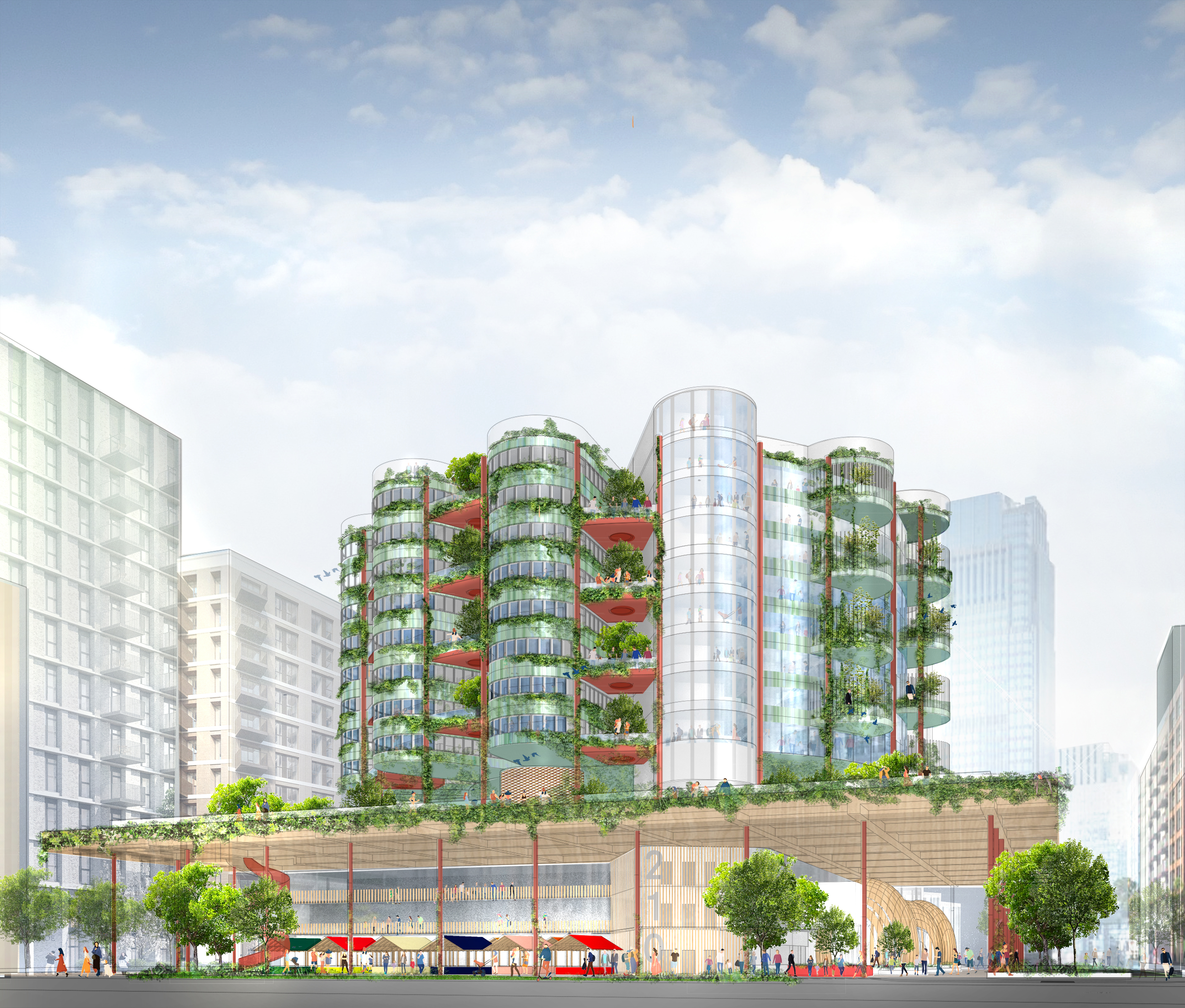
‘Remarkable Hospital Architecture’ would be a slim volume with the UK only a small mention. Many British hospitals are drab, dreadful and massive, inhuman in scale and orientation, spirit-crushing for patients and staff alike. Of course, there are honourable exceptions, but cost constraints, logistics of overuse and underfunding, and the sterile sealed box model have created a legacy of inflexible and outdated healthcare facilities. The growing chain of Maggie's Centres, drop-in centres for cancer patients housed in small, dedicated buildings – designed by Frank Gehry, Zaha Hadid, Richard Rogers, OMA, Piers Gough, Snøhetta, Thomas Heatherwick and Foster + Partners amongst others – has shifted ideas about what healthcare architecture should offer, but the monolithic model of hospital design persists.
Ab Rogers worked on the design of the Maggie’s Centre building attached to the Royal Marsden hospital in London, opened in 2019. And Rogers says the slow gestation period of his Maggie’s Centre design gave him time to interrogate what healthcare facilities were there to do and how they did it. ‘Maggie’s is really slow design; you’re working on design while working on raising the money. It became a seven-year project and in that time, you really start to question what it is that can make people feel better within architecture,’ he says.
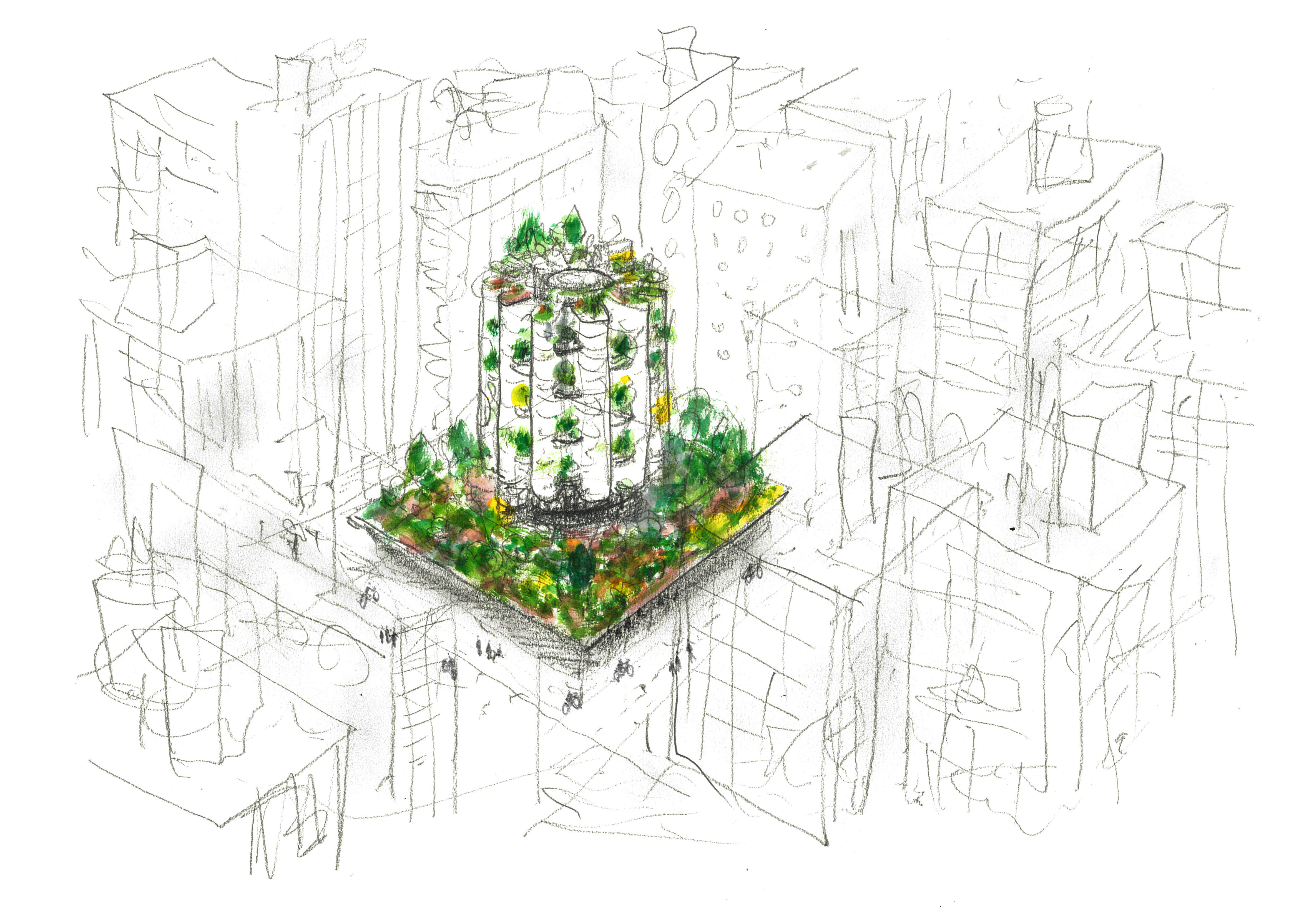
Rogers then began to apply the lessons learned on the Maggie’s projects to the design of a contemporary general hospital. ‘Most hospitals make people feel impotent,’ he says. ‘Maggie’s is so successful because you go from a sense of impotency to empowerment; people feel they can tune into their senses, become really awakened through texture, through colour, through the circadian rhythm. The idea was, how can you look beyond the monolithic hospital and make them supportive environments?’
He developed a model for more compact, flexible, community-facing hospitals that support wellness rather than simply treat unwellness. The design earned him the Wolfson Economics Prize for 2021, in cash terms the second biggest economics purse in the world. The trophy is awarded every three years and invites economists, policy wonks, NGOs, infrastructure specialists, architects and more to tackle particularly sticky problems, from reforming currency unions to ‘delivering more homes via garden cities’.
Its last call to action was to create a design for new hospitals that would ‘radically improve patient experiences, clinical outcomes, staff wellbeing and wider health and social care’. That shout-out pulled in 98 entries from more than 15 countries.
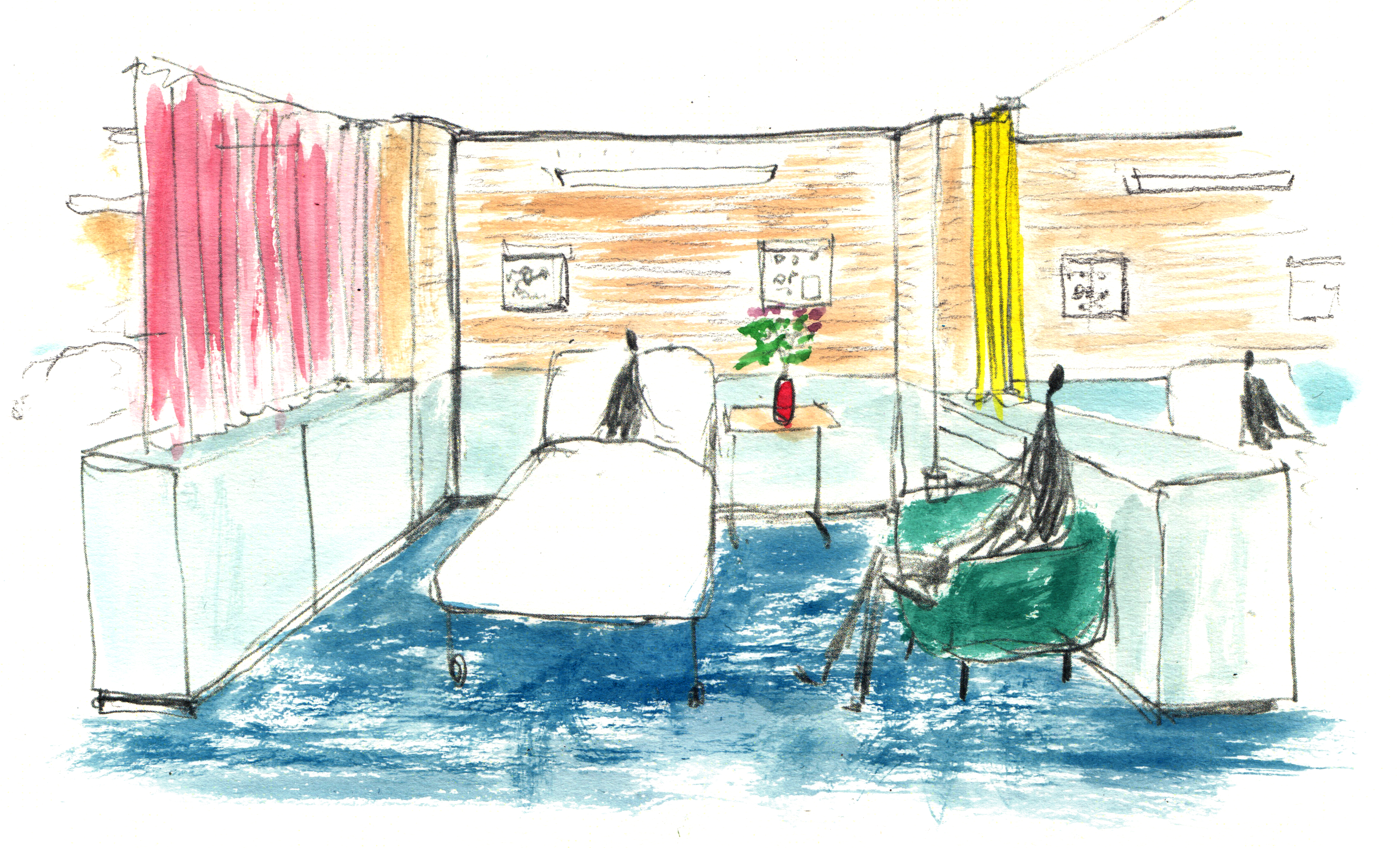
Rogers describes his winning design as a ‘third carer’, an active complement to medical staff and a patient’s friends and family, a more humane and flexible space for patients and staff alike with generous views, awash with natural light and set on a ‘levitated park’. The genesis and working of Rogers’ design are outlined in a new book, The Third Carer, to be published by Ab Rogers Design’s R&D wing DRU+ in July 2022. Rogers says DRU+ will follow in the footsteps of the Design Research Unit, founded in 1943 by Misha Black, Milner Grey and Rogers’ grandfather, Marcus Brumwell and the UK’s first modern design consultancy. Rogers says DRU+ ‘will apply the principles of neuroscience and medicine to understand how designed environments shape health outcomes’.
Another key influence on his hospital design was Alvar Aalto’s Paimio tuberculosis sanitorium in Finland. Completed in 1932, relatively early in Aalto’s career, it marked a revolution in hospital design (he also designed the iconic bentwood ‘Paimio’ chair for the building). ‘It's a kind of bastion of great health,’ Rogers says of Aalto’s design. ‘It's about getting people outdoors, getting them to lie in the sun, giving them colour to make them smile. It's about rounding off edges so the body flows around them and really treating the hospital as a kind of a cathedral or a church that uplifts your spirit.’ (He also nods to Matteo Thun as a more contemporary influence, suggests that the standard of new hospitals in Africa is way ahead of those in Europe, and points out that, in many ways, we need to return to the model set out by Florence Nightingale in the 19th century.)
Wallpaper* Newsletter
Receive our daily digest of inspiration, escapism and design stories from around the world direct to your inbox.

Alvar Aalto's Paimio Sanatorium
In hospital terms, Rogers’ design is relatively small scale. Wards are imagined as spokes, or petals, around a central hub, pulling in natural light from both sides. The design also means there is no need for long, confounding mazes of corridors. Crucial to Rogers’ design is embedding the hospital into the local community and creating an inclusive, welcoming wellness resource rather than a forbidding fortress of sickness and despair.
At ground level, Rogers imagines the hospital as a bustling marketplace and social hub, selling fresh, local produce and creating space for alternative health practices. Yoga studios and a pool would be shared with the local community. And if that sounds too downward dog and woo woo, it will also be a resource for practical advice and primary health care in the broadest sense. ‘We started to talk about health creation,’ Rogers says. ‘There is no point fixing sick people if the real cause of illness is poverty, homelessness, the lack of access to fresh food and fresh ingredients.’
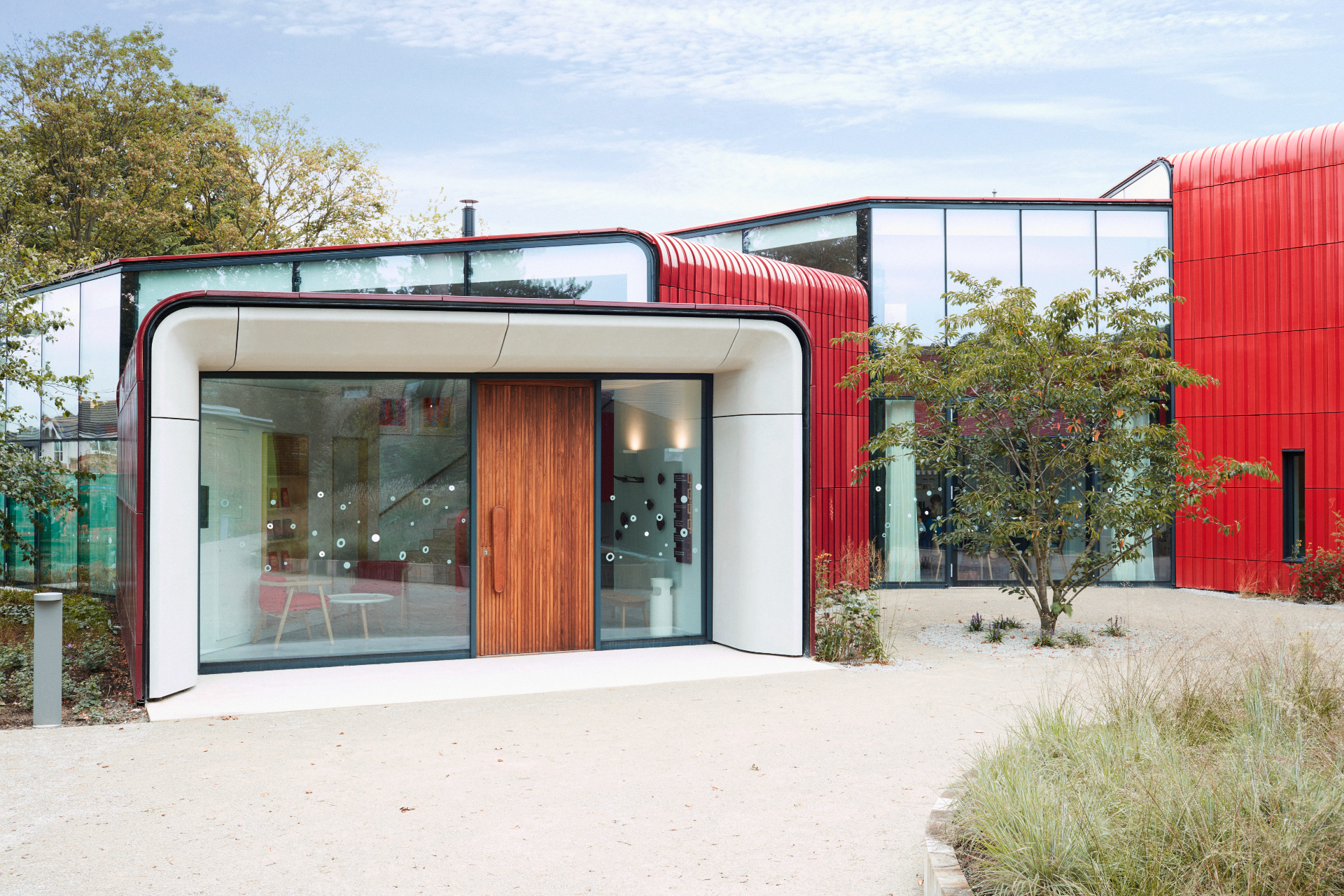
Maggie's at The Royal Marsden by Ab Rogers Design.
Generous planting, devised with the help of landscape gardener Dan Pearson (who also created the garden for the Rogers Stirk Harbour-designed Maggie’s Centre in Hammersmith), is also crucial to the design, with suspended gardens and balconies with trailing and climbing greenery ensuring that every patient has access to some kind of green space. The community-focused ground floor acts as a podium for the inset stacked wards, surrounded by a small, elevated park. Rogers imagines this as a place for exercise and socialising and a draw for local wildlife. The rooftop, meanwhile, would be a space for allotments, with produce used by the hospital cooks and in the on-site café.
All this biophilia, Rogers says, is in the service of sensory engagement and the creation of natural rhythm. ‘We did a lot of work on the hospital clock to see how we could disturb the day,’ Rogers says. ‘If we have loads of plants growing outside, then you're going to get birds coming in the morning and feel the day has begun. We’re watching the sun rise and shadows fall because light is allowed into the hospitals.’ His team has also been working on how useful simulacra or live transmissions from nature could be used. ‘Nick Luscombe (DJ and soundscape artist) has been working in Japan, setting microphones in different parts of the countryside,' says Rogers. ‘So we've designed a button that says “hilltops” and when you press it you hear the hilltops in Japan and the wind and the birds. We have the seaside so you can bring in all these different noises. We can also make sure that the environment is acoustically absorbing some sounds that don’t matter. We can remove beeping machines.’
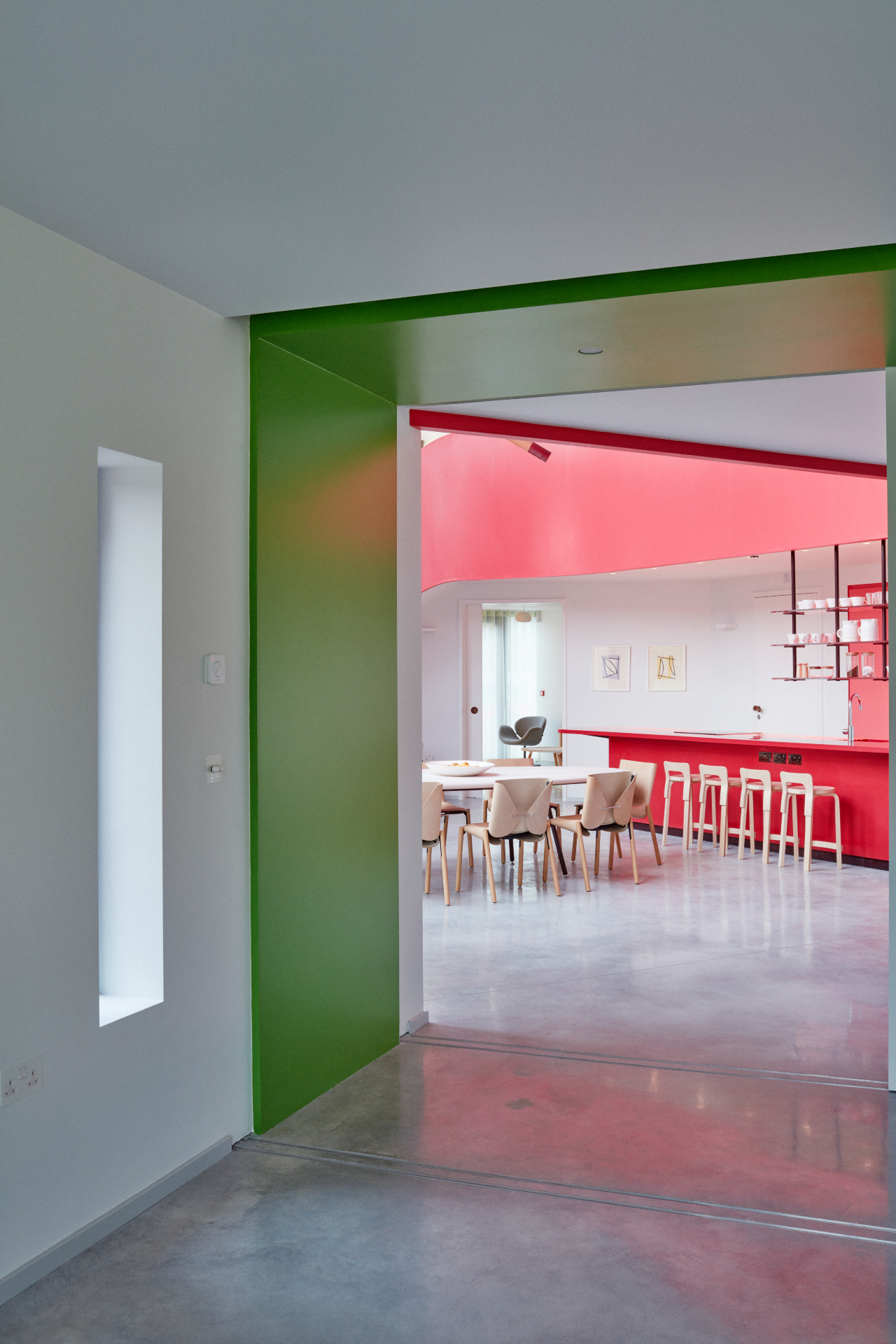
Maggie's at The Royal Marsden by Ab Rogers Design.
All of this sensory stimulation is designed to stop patients losing track of time or the very will to live. ‘It's really trying to engage the senses to give someone a reason to get out of bed and if they don't get out of bed at least to feel that the day is progressing. They can be pushed in their bed out into the little pocket garden and they can smell the lavender growing.’ Rogers says the key to developing the hospital design was pulling together a group of advisors, a ‘collective intelligence’ of healthcare professionals and other hospital staff but also landscape specialists, sound artists, cooks and perhaps most crucially patient groups, and talking them through the emerging design on a regular basis.
Dr Laura Benjamin, a principal clinical research fellow at UCL who, amongst other things, spent two years building a stroke unit in Malawi, was a key advisor and says Rogers was prepared to radically overhaul his design based on that collective input. ‘Ab talked about meeting a patients’ group to gain some insight and came away from the discussion changing a lot of the design,’ she says. ‘In the past, their voices were simply not included, and by being inclusive, the project was more innovative. We need innovation in our hospitals.'
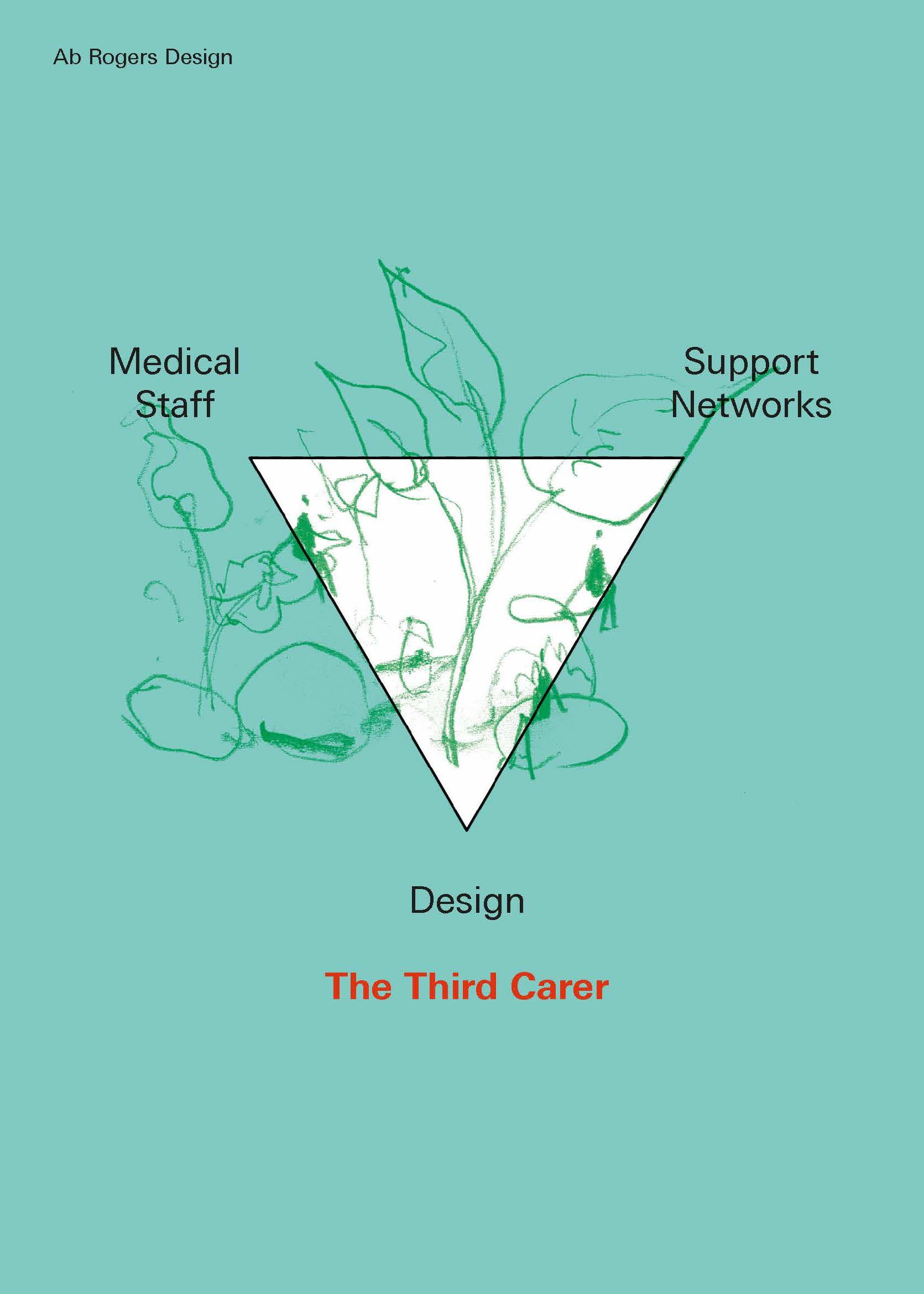
The book's cover
Rogers’ job is now to convince the NHS that it should spend the money on one or more of his hospitals and its healthcare architecture. And the NHS is not an easy organisation to navigate. He is working the phones, though it seems more likely that elements of his design will be introduced before a complete hospital. But Rogers says he has been surprised at how positively his ideas have been received: ‘I'm finding a lot of like-minded people, which I don't think I would have done five years ago. The movement is beginning.’
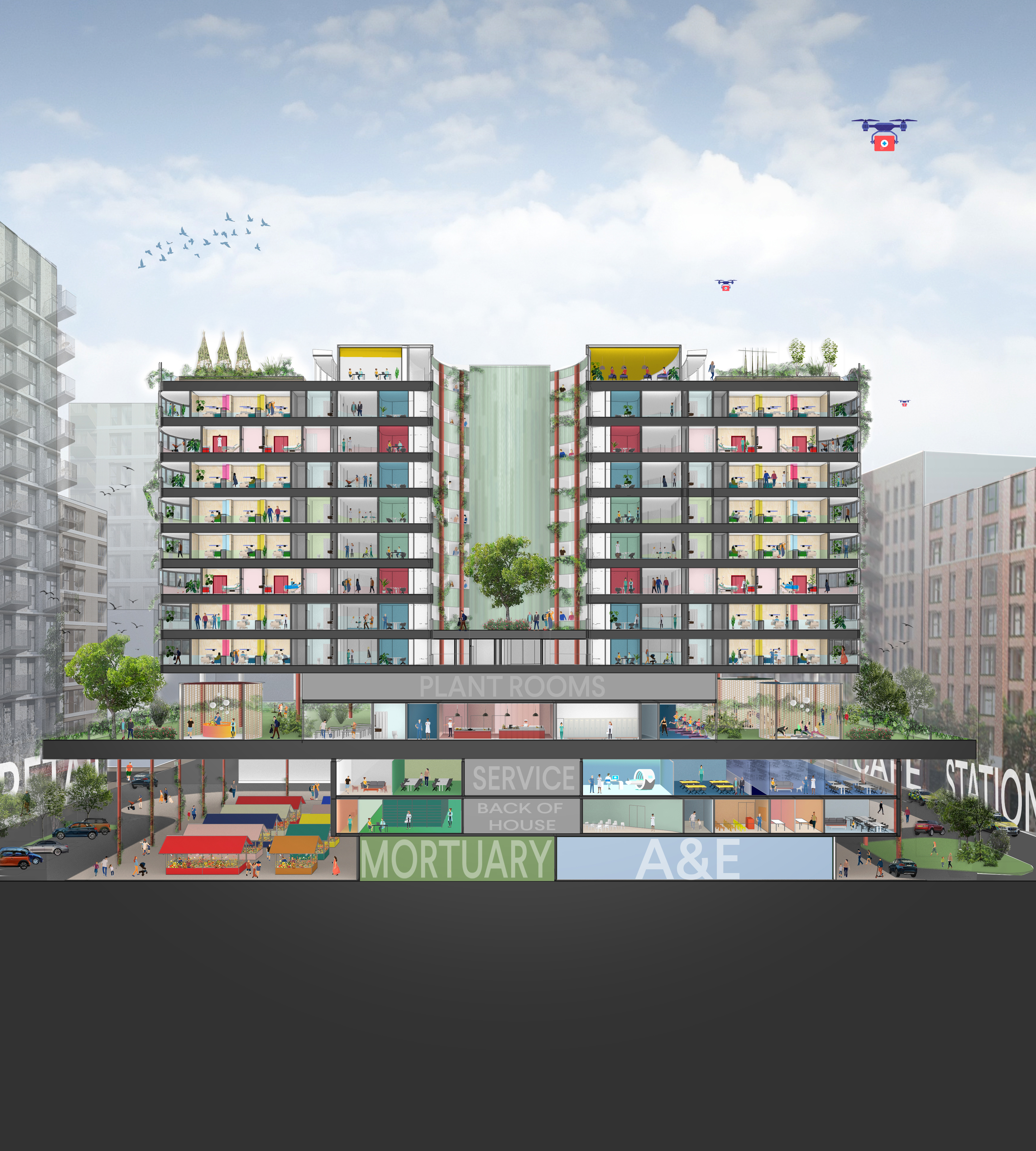
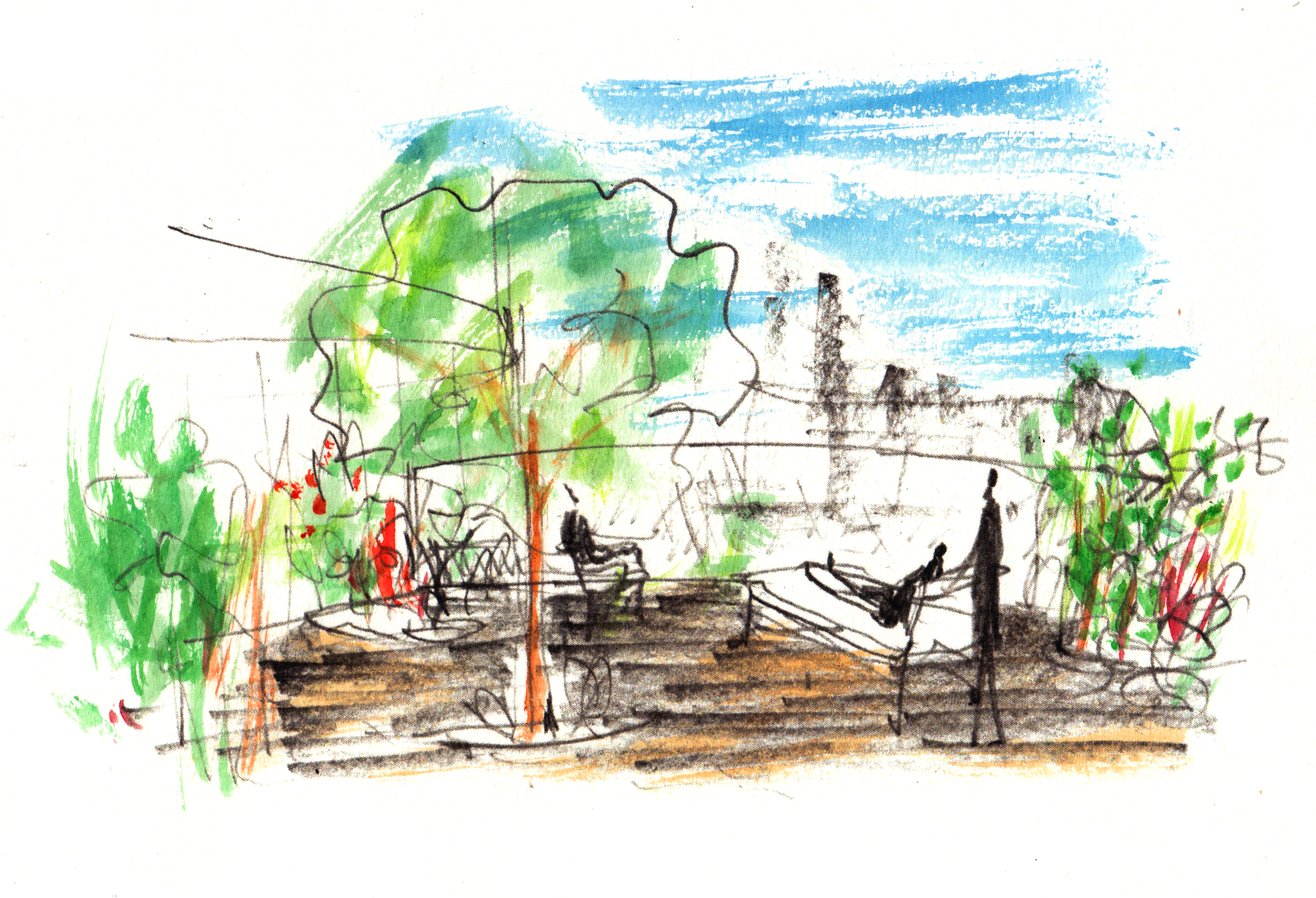
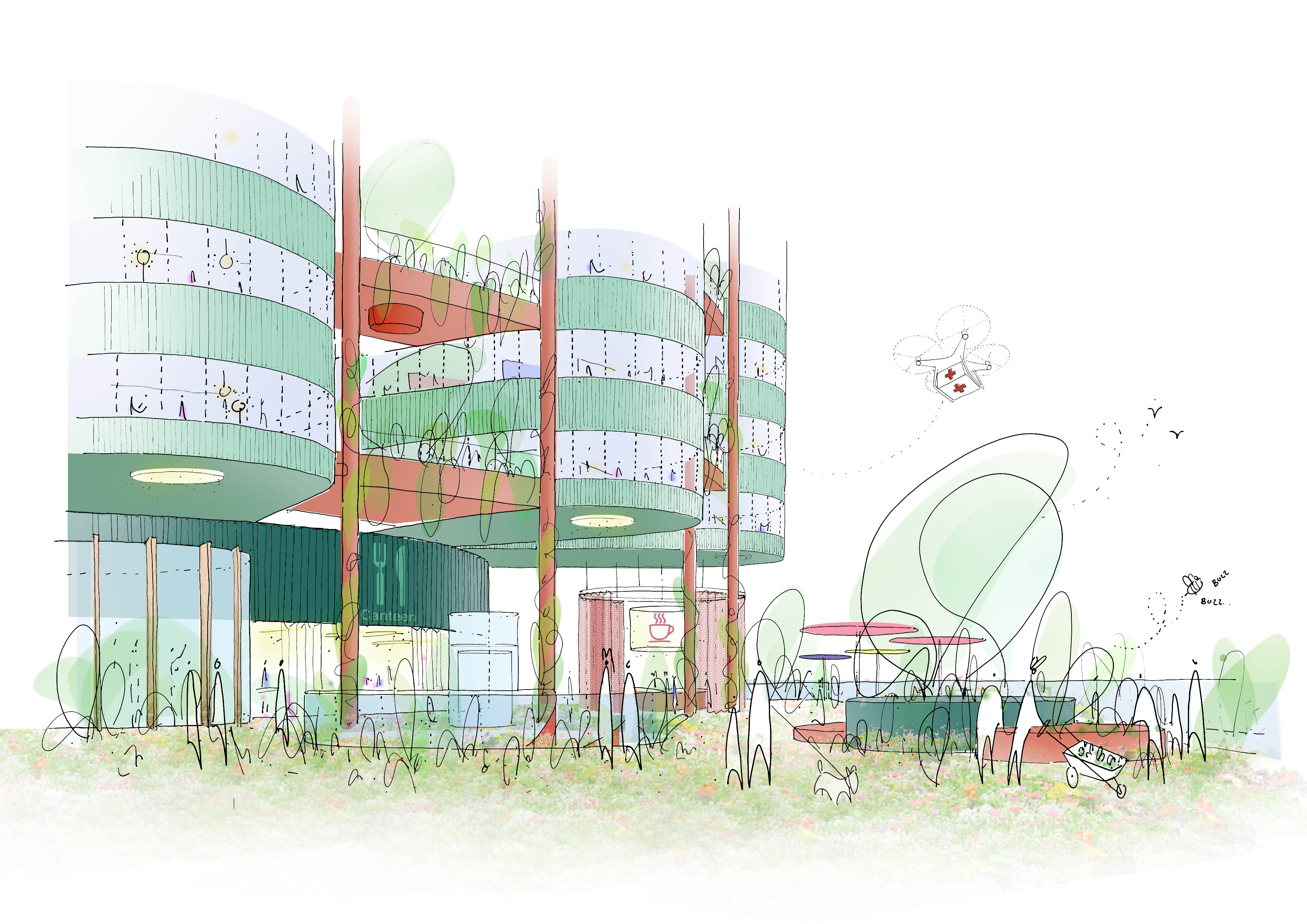
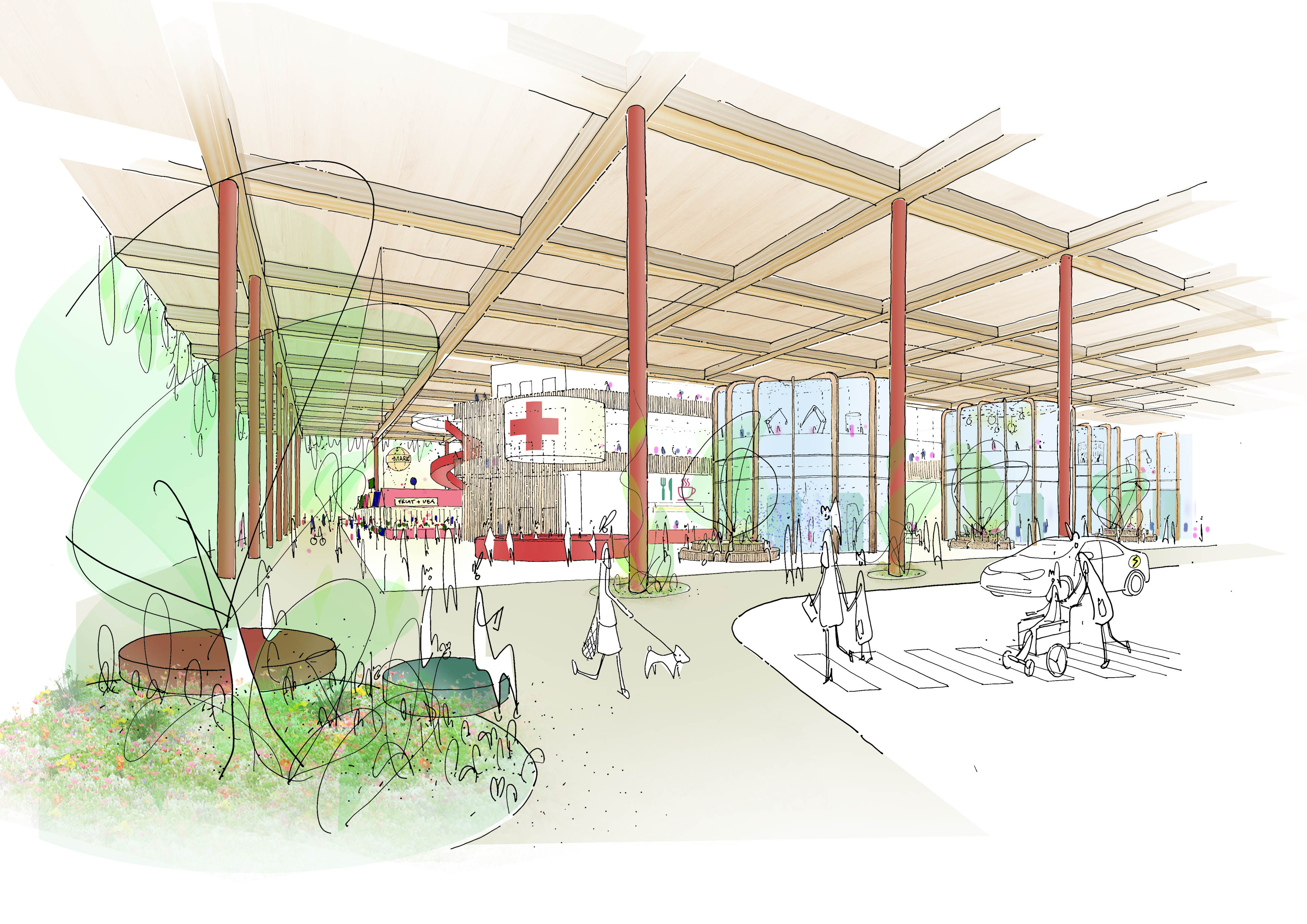
INFORMATION
The Third Carer will be published by DRU+ on 4 July 2022
-
 Japan in Milan! See the highlights of Japanese design at Milan Design Week 2025
Japan in Milan! See the highlights of Japanese design at Milan Design Week 2025At Milan Design Week 2025 Japanese craftsmanship was a front runner with an array of projects in the spotlight. Here are some of our highlights
By Danielle Demetriou
-
 Tour the best contemporary tea houses around the world
Tour the best contemporary tea houses around the worldCelebrate the world’s most unique tea houses, from Melbourne to Stockholm, with a new book by Wallpaper’s Léa Teuscher
By Léa Teuscher
-
 ‘Humour is foundational’: artist Ella Kruglyanskaya on painting as a ‘highly questionable’ pursuit
‘Humour is foundational’: artist Ella Kruglyanskaya on painting as a ‘highly questionable’ pursuitElla Kruglyanskaya’s exhibition, ‘Shadows’ at Thomas Dane Gallery, is the first in a series of three this year, with openings in Basel and New York to follow
By Hannah Silver
-
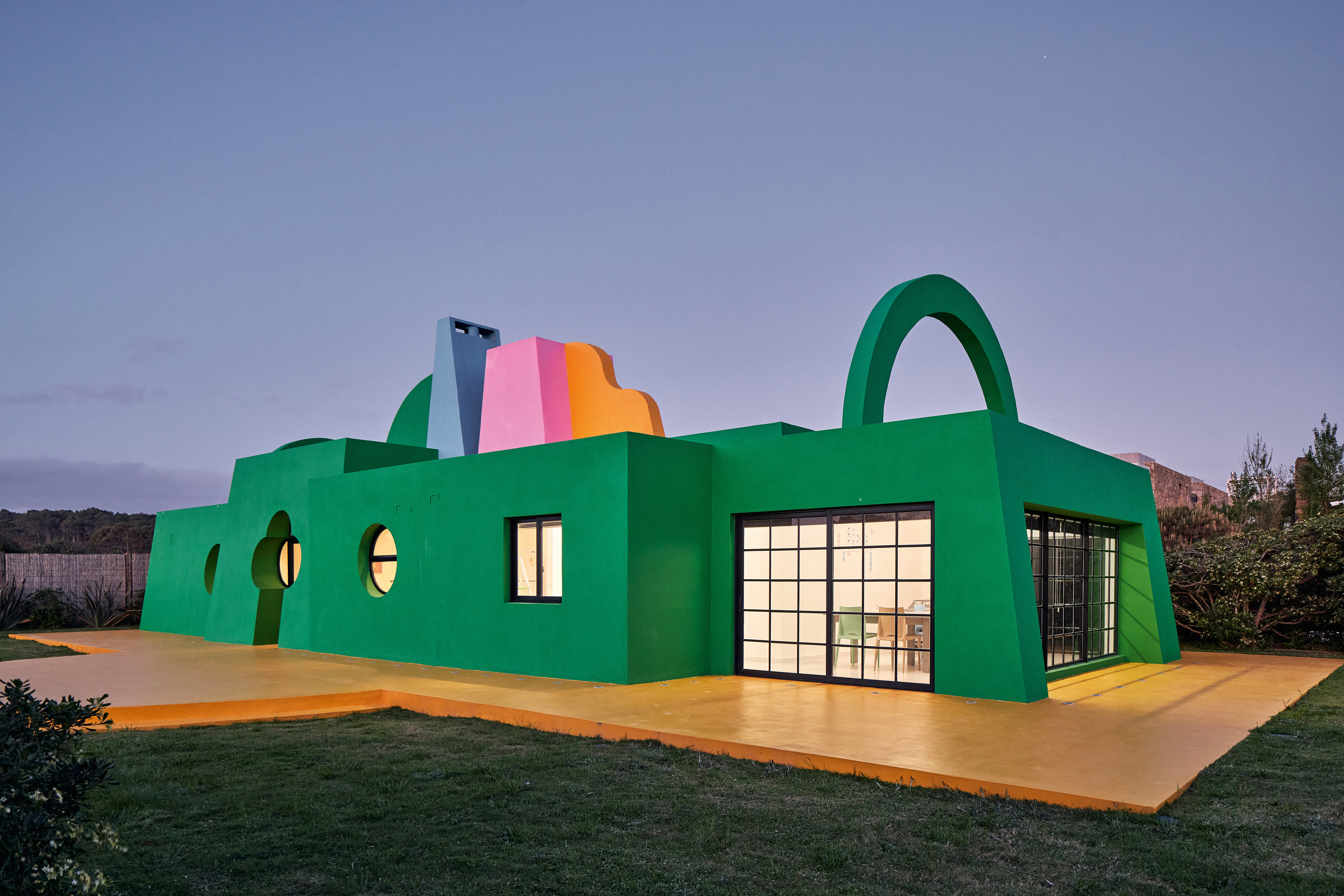 Ten contemporary homes that are pushing the boundaries of architecture
Ten contemporary homes that are pushing the boundaries of architectureA new book detailing 59 visually intriguing and technologically impressive contemporary houses shines a light on how architecture is evolving
By Anna Solomon
-
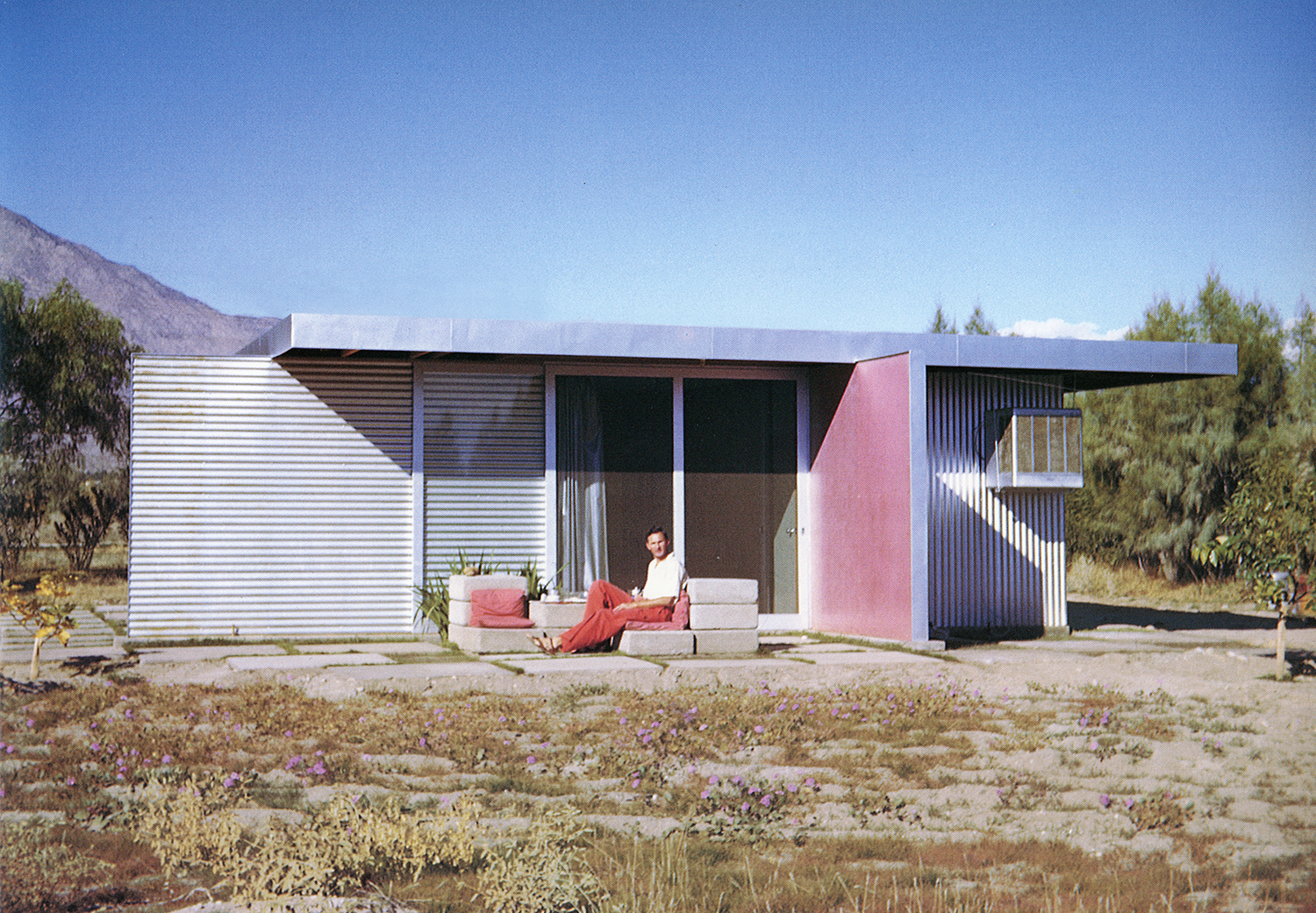 Take a deep dive into The Palm Springs School ahead of the region’s Modernism Week
Take a deep dive into The Palm Springs School ahead of the region’s Modernism WeekNew book ‘The Palm Springs School: Desert Modernism 1934-1975’ is the ultimate guide to exploring the midcentury gems of California, during Palm Springs Modernism Week 2025 and beyond
By Ellie Stathaki
-
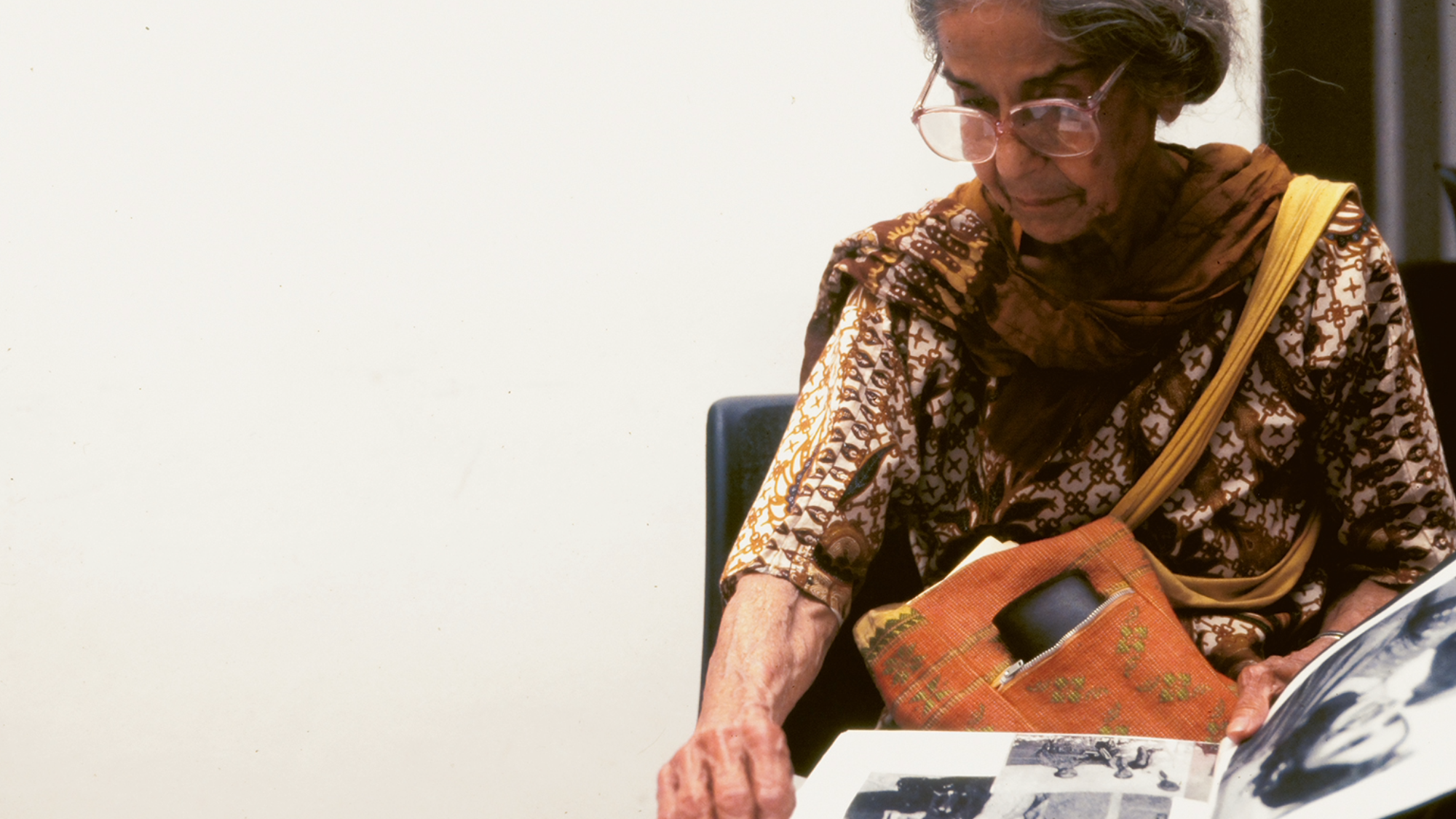 Meet Minnette de Silva, the trailblazing Sri Lankan modernist architect
Meet Minnette de Silva, the trailblazing Sri Lankan modernist architectSri Lankan architect Minnette de Silva is celebrated in a new book by author Anooradha Iyer Siddiq, who looks into the modernist's work at the intersection of ecology, heritage and craftsmanship
By Léa Teuscher
-
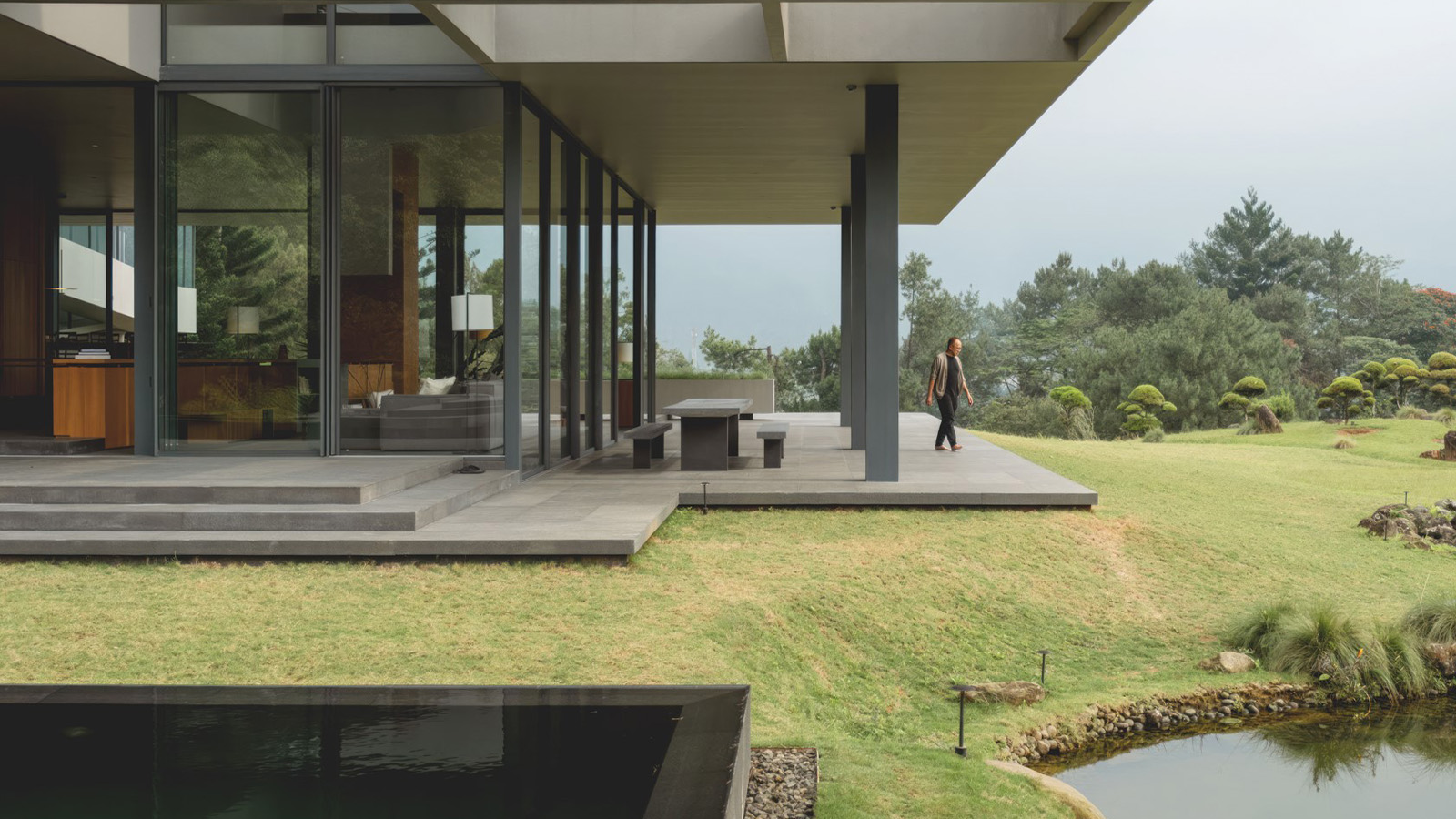 'Tropicality' explored in Indonesian architect Andra Matin’s first monograph
'Tropicality' explored in Indonesian architect Andra Matin’s first monograph'Tropicality' is a key theme in a new book on Indonesian architect Andra Matin, whose work blends landscape, architecture and living
By Harriet Thorpe
-
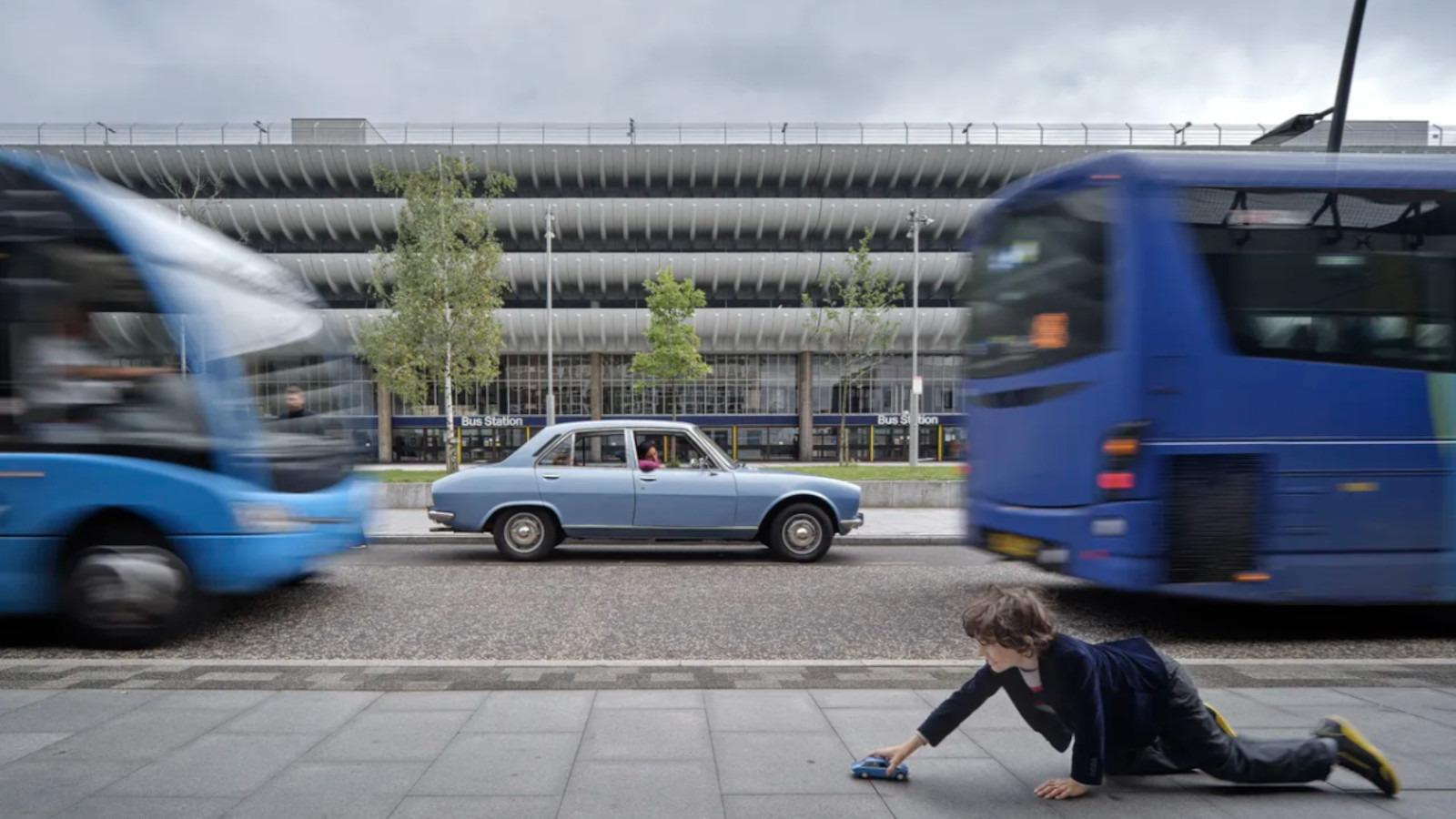 ‘A Time ⋅ A Place’ is a lovingly compiled photographic portrait of cars and architecture
‘A Time ⋅ A Place’ is a lovingly compiled photographic portrait of cars and architecture‘A Time ⋅ A Place’ is a celebration of the European Car of the Year and changing perceptions of modern design, pairing the best buildings of the age with their automotive contemporaries
By Jonathan Bell
-
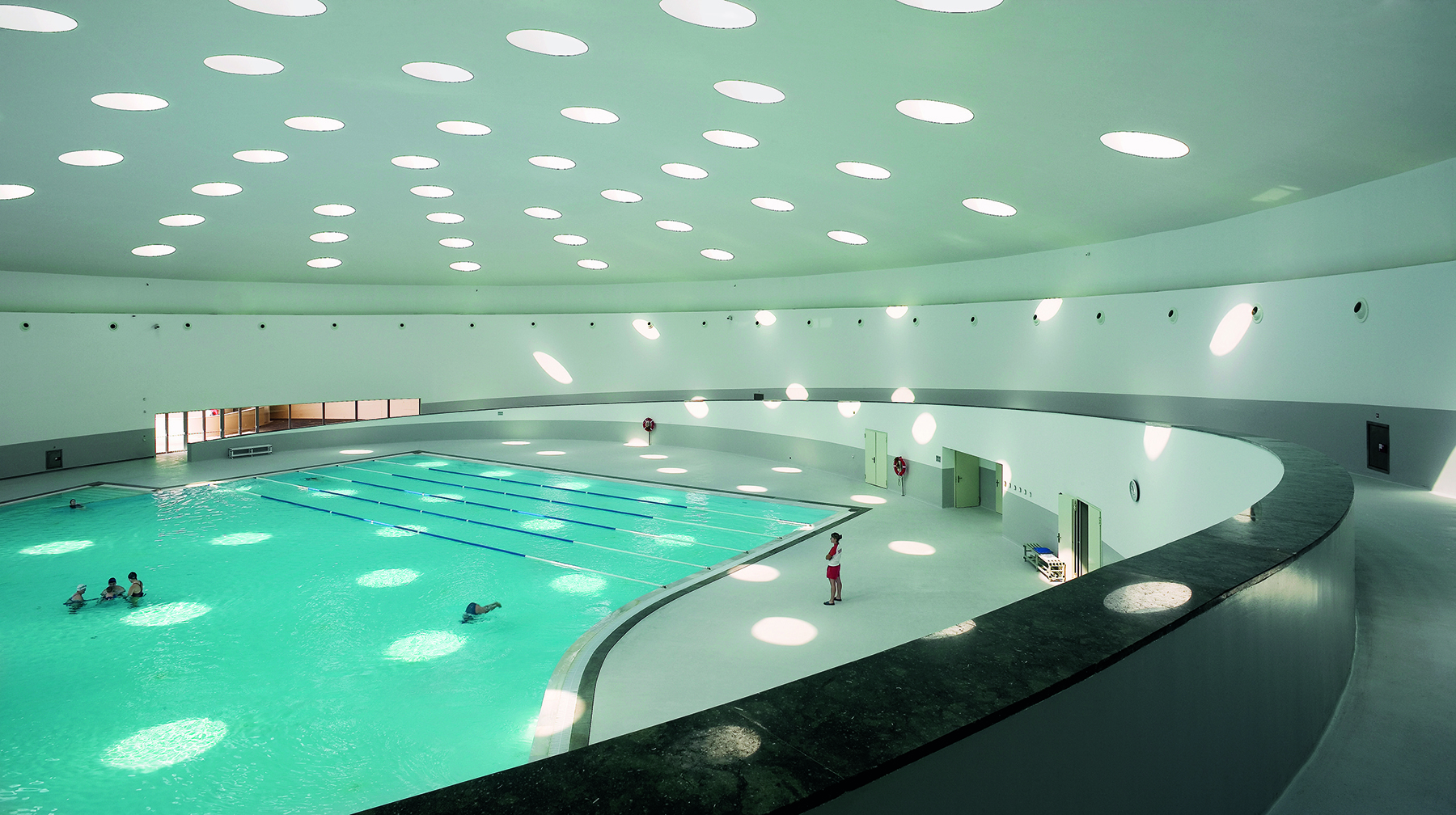 Álvaro Siza’s new monograph through the lens of Duccio Malagamba is impactful and immersive
Álvaro Siza’s new monograph through the lens of Duccio Malagamba is impactful and immersiveÁlvaro Siza and photographer Duccio Malagamba collaborate on a new monograph by Phaidon; ‘Before / After: Álvaro Siza Duccio Malagamba’ celebrates the Portuguese architect's work
By Michael Webb
-
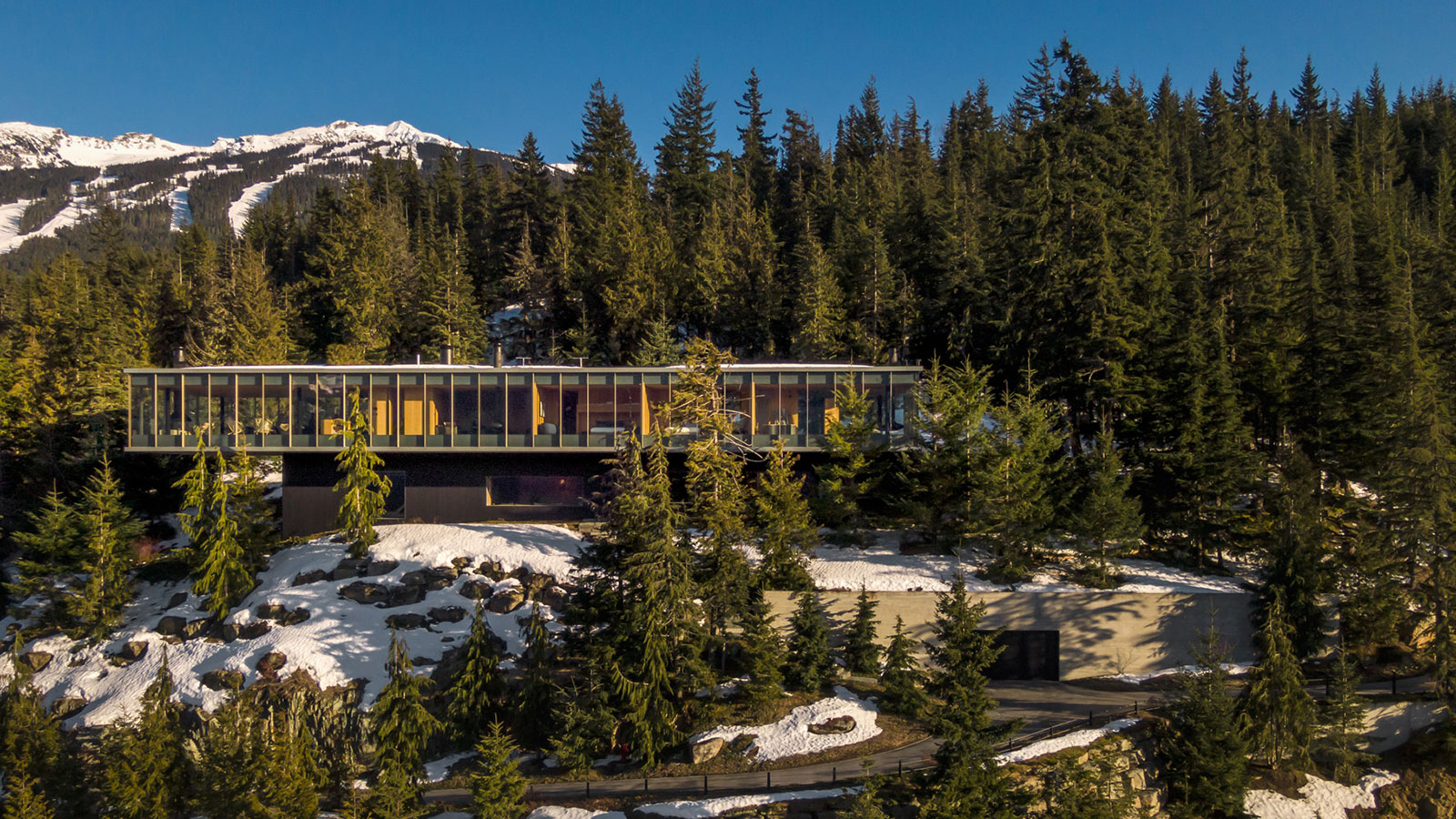 Marcio Kogan’s Studio MK27 celebrated in this new monograph from Rizzoli
Marcio Kogan’s Studio MK27 celebrated in this new monograph from Rizzoli‘The Architecture of Studio MK27. Lights, camera, action’ is a richly illustrated journey through the evolution of this famed Brazilian architecture studio
By Jonathan Bell
-
 ‘Interior sculptor’ Christophe Gevers’ oeuvre is celebrated in new book
‘Interior sculptor’ Christophe Gevers’ oeuvre is celebrated in new book‘Christophe Gevers’ is a sleek monograph dedicated to the Belgian's life work as an interior architect, designer, sculptor and inventor, with unseen photography by Jean-Pierre Gabriel
By Tianna Williams